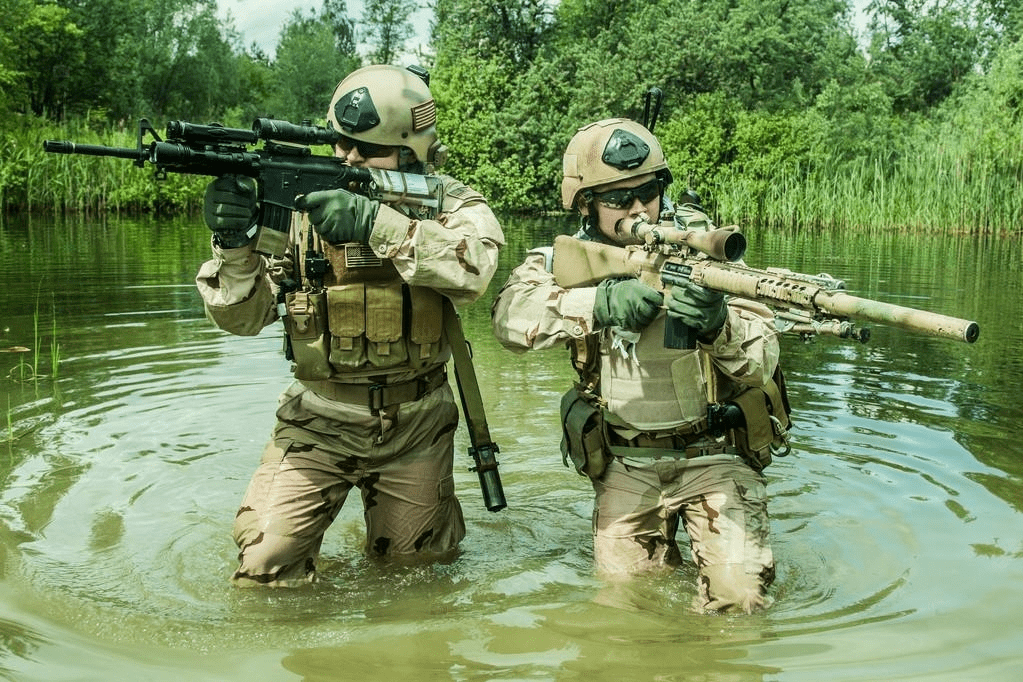Navy SEALs, the elite special operations force of the United States Navy, are renowned for their incredible physical and mental capabilities. One of the most astonishing abilities they possess is their extraordinary breath-holding skills. In this article, we will delve into the science behind their remarkable feat and explore the training, physiology, and real-life applications of breath-holding in the world of SEALs.
The Physiology of Breath-Holding
The ability to hold one’s breath for extended periods is rooted in human physiology. When we breathe, oxygen is supplied to our body while carbon dioxide is removed. Breath-holding involves maintaining this balance. SEALs have honed their skills to optimize oxygen consumption and carbon dioxide removal during their training, allowing them to extend their breath-holding times significantly.
Navy SEALs Training
Navy SEALs undergo some of the most rigorous training in the world. Their ability to hold their breath for extended periods is essential for covert underwater missions. SEALs employ specific techniques to enhance their breath-holding, including controlled breathing, physical fitness, and mental focus.
World Records
Navy SEALs have set astonishing breath-holding records. Some have held their breath for over 22 minutes, surpassing what is thought to be humanly possible. This far exceeds the average person’s capabilities, highlighting the level of training and dedication required to achieve such feats.
Factors Affecting Breath-Holding
Multiple factors influence a SEAL’s breath-holding capacity. Genetics, physical fitness, mental control, and breath training all play pivotal roles in extending their abilities. SEALs are a testament to the potential of human adaptation to extreme conditions.
Real-Life Scenarios
In the line of duty, SEALs frequently find themselves in situations where their breath-holding skills are critical. Whether infiltrating enemy territory or diffusing underwater mines, these skills save lives and accomplish missions effectively.
Safety Measures
It’s crucial to emphasize that breath-holding exercises should be approached with caution. Overextending one’s limits can lead to severe health risks. Safety is a paramount concern for SEALs during training and missions, and it should be for anyone seeking to improve their breath-holding abilities.
The Future of SEAL Training
As warfare evolves, SEAL training must adapt. Innovations in training techniques continue to enhance breath-holding and other essential skills. The SEALs of tomorrow will face new challenges, demanding even greater proficiency in breath control.
The Mind-Body Connection
Mental discipline and control play a significant role in breath-holding. SEALs employ relaxation and meditation techniques to stay focused and calm under extreme pressure. Their mental strength is just as crucial as their physical capabilities.
Myths vs. Reality
There are several myths surrounding SEALs’ breath-holding abilities. It’s important to dispel these misconceptions and acknowledge the incredible dedication and training that underpin their astonishing skills.
Beyond SEALs
The knowledge of breath-holding, although rooted in the world of special operations, has practical applications in everyday life. Understanding how to optimize breath control can improve overall health and well-being.
The Legend of the Frogmen
The history of the Navy SEALs is a testament to their adaptability and excellence in the realm of underwater operations. From their humble beginnings as “frogmen” to their modern-day status as elite warriors, the SEALs’ journey is awe-inspiring.
Conclusion
In conclusion, Navy SEALs’ ability to hold their breath for extended periods is a testament to the power of human adaptability, dedication, and training. Their awe-inspiring feats in breath-holding, rooted in science and mental discipline, have a profound impact on their missions and continue to inspire us.
FAQs
1. How do Navy SEALs train to hold their breath for so long? Navy SEALs undergo rigorous training, including controlled breathing techniques and physical conditioning, to improve their breath-holding abilities.
2. Are there any health risks associated with prolonged breath-holding? Yes, prolonged breath-holding can pose health risks, including hypoxia and blackout. It should be approached with caution and safety measures in mind.
3. Can the average person improve their breath-holding abilities? Yes, with training and practice, individuals can improve their breath-holding abilities, but they should do so safely and gradually.
4. What are some common misconceptions about Navy SEALs’ breath-holding abilities? Common myths include that SEALs have gills or superhuman capabilities. In reality, their skills are a result of rigorous training and discipline.
5. How long can the average person hold their breath compared to Navy SEALs? The average person can hold their breath for about 30 seconds to 2 minutes, while SEALs can extend their breath-holding times significantly, often exceeding 10 minutes.


